Do you ever feel like your faucet is playing a never-ending game of hide-and-seek with you? Well, it’s time to put an end to that water-wasting mischief! In this article, we’re going to dive deep into the reasons why your faucet keeps running even after you’ve turned it off. From worn washers to damaged cartridges, we’ll explore the technical nitty-gritty behind this frustrating phenomenon. So grab your tool belt and get ready to become a plumbing detective who puts an end to leaky faucets once and for all!
10 Main Causes of Faucet Running After Turning Off
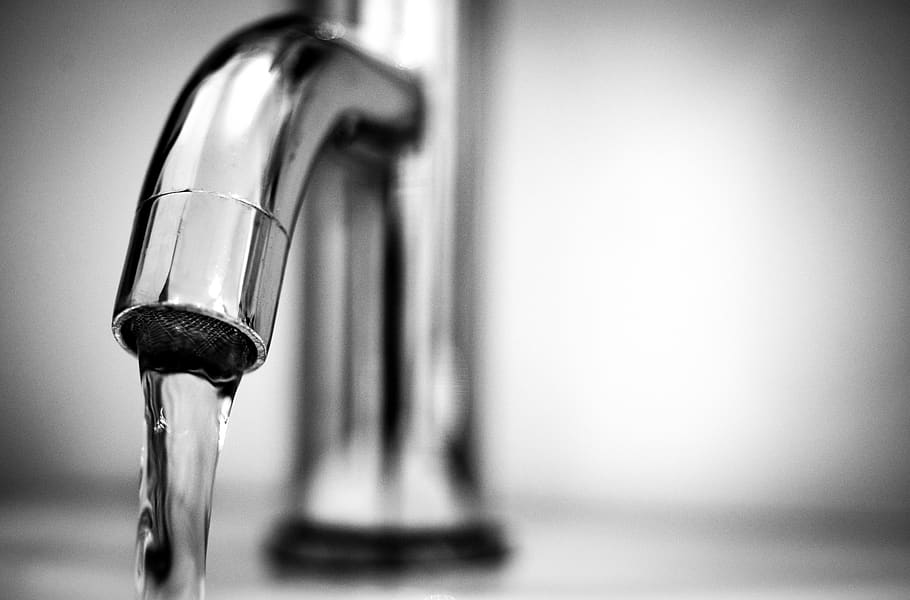
Faulty Cartridge
Cartridges are crucial for twin faucet handles that dispense both cold and hot water. Over time, these cartridges can wear out or malfunction, leading to persistent dripping. Replacing the cartridge can often solve this issue.
Damaged O-Rings
The O-ring is a vital component that holds the faucet’s handle in place. Regular usage can lead to its wear or loosening. A damaged O-ring can allow water to leak. The solution is either to tighten the O-ring or replace it if it’s worn out.
Corroded Valve Seat
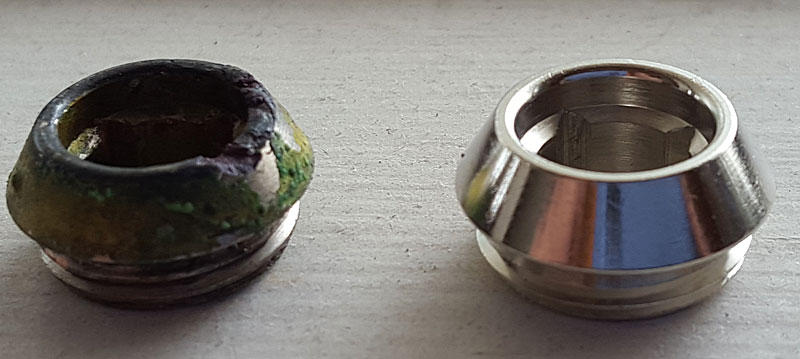
Dirt and sediment can accumulate in the faucet’s valve seat over time, causing corrosion. This corrosion can be the root cause of leaks. Cleaning or replacing the valve seat can address this issue.
Worn Out Washer
The washer, usually made of rubber, can wear out due to friction between the valve seat and the faucet. Replacing the washer can often rectify the dripping issue.
Improper Installation
If the faucet components, especially washers, are not compatible or improperly installed, it can lead to leaks. Ensuring the right fit and proper installation is crucial.
High Water Pressure
Excessive water pressure can force the faucet components to work beyond their capacity, leading to leaks. If the dripping is irregular or at specific times, it might be due to high water pressure.
Broken Plumbing
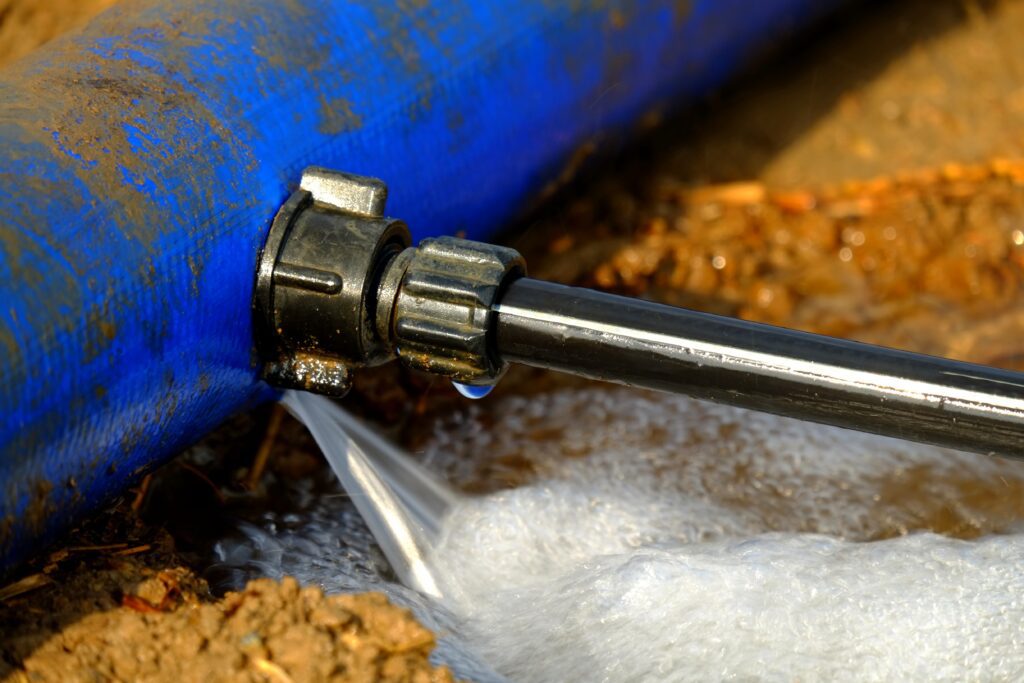
Internal plumbing issues can also be a reason for persistent dripping. It’s essential to check for any internal damages or blockages.
Malfunctioning Diverter Valve
The diverter valve directs water to different outlets. A malfunctioning diverter can cause leaks. Regular inspection and replacement when necessary can prevent this issue.
Loose Parts
Over time, internal components of the faucet can become loose. Regular maintenance and tightening of these parts can prevent leaks.
Clogged Faucet
Mineral deposits and debris can clog the faucet, leading to leaks. Regular cleaning and descaling can help.
Faulty Stem Assembly
The stem assembly controls the flow of water. A faulty stem can lead to persistent dripping. Regular inspection and replacement when necessary can address this issue.
How to Diagnose a Dripping Faucet
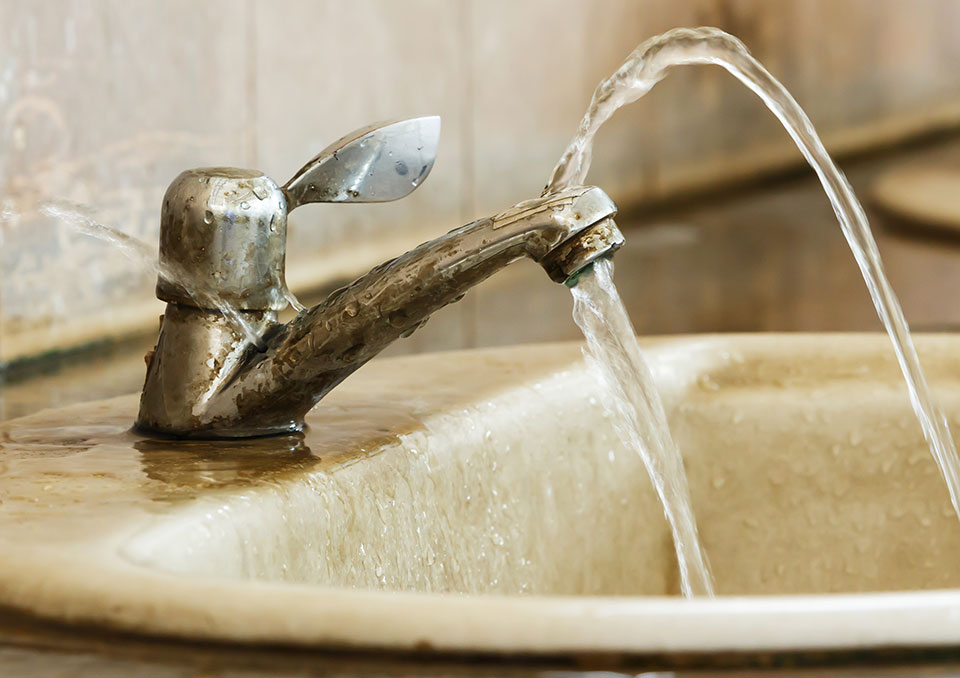
If you’re dealing with a dripping faucet, it’s important to accurately diagnose the problem before attempting any repairs.
Identifying Faucet Type
Before diagnosing, determine the type of faucet you have. Whether it’s a ball, cartridge, ceramic disc, or compression-type, each requires different techniques for diagnosis.
Visual Inspection
Check for visible signs of wear and tear on parts such as washers, seals, and O-rings. Damaged or eroded parts can be the cause of the drip.
Sound Diagnosis
Listen to the sound of the drip. A consistent drip might indicate a worn-out washer, while an irregular drip could be due to high water pressure.
Water Pressure Assessment
If the dripping is irregular or at specific times, it might be due to high water pressure. Installing a pressure-reducing valve can help.
Temperature Issues
If the dripping water is hot, it might indicate an issue with the hot water valve. Conversely, cold dripping water can point towards a problem with the cold water valve.
Gasket and O-ring Check
Inspect the gasket and O-ring for any signs of damage. Replacing them can often solve the dripping issue.
Age and Wear
Older faucets are more prone to wear and tear. If your faucet is old, consider replacing it.
Mineral Deposit Check
Hard water can lead to mineral deposits in the faucet, leading to leaks. Regular cleaning and descaling can help.
A Step-by-Step Guide to Fix a Faucet Dripping After Water Turned Off
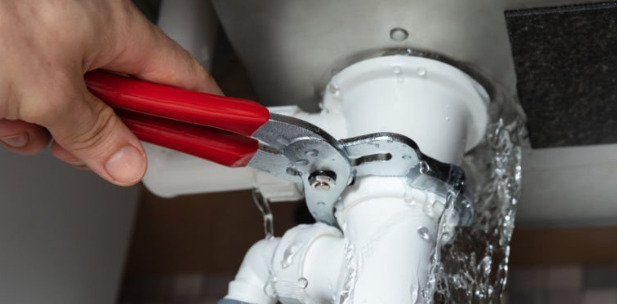
First, shut off the water supply valves to your faucet to prevent any further leakage.
Identify the Type of Faucet
When it comes to identifying the type of faucet you have, there are four common types to consider:
Compression Faucet
This type uses rubber or neoprene washers to seal the valve seat. The washers can wear out over time, leading to leaks.
Ball-type Faucet
This type doesn’t use washers. Instead, it has a ball bearing that controls the flow and mixture of water.
Cartridge Faucet
This type uses a cartridge that controls water flow. The cartridge can wear out or malfunction over time.
Ceramic-disk Faucet
This type uses two ceramic disks that open and close to control water flow. Over time, these disks can wear out or become misaligned.
Turn Off the Water Supply
Before any repair, turn off the water supply to prevent any water flow during the repair process.
Disassemble the Faucet
- Removing Handle: Remove any decorative parts of the handle, then use a screwdriver to remove the handle itself.
- Accessing the Internal Parts: Once the handle is removed, you can access the internal parts like the cartridge, stem, and O-ring.
Inspect and Identify the Problem
If you’re experiencing a dripping faucet, there are several potential causes to consider.
Damaged O-ring
Check the O-ring for any signs of damage. Replace if necessary.
Worn-out Cartridge
Inspect the cartridge for any signs of wear or malfunction. Replace if necessary.
Loose Parts
Tighten any loose parts inside the faucet.
Clogged Faucet
Check for any mineral deposits or debris and clean them.
High Water Pressure
If the dripping is irregular, it might be due to high water pressure. Consider installing a pressure-reducing valve.
Malfunctioning Diverter Valve
Inspect the diverter valve and replace it if it’s malfunctioning.
Replace or Fix the Damaged Parts
Once you’ve identified the problem, replace or fix the damaged parts.
Reassemble the Faucet
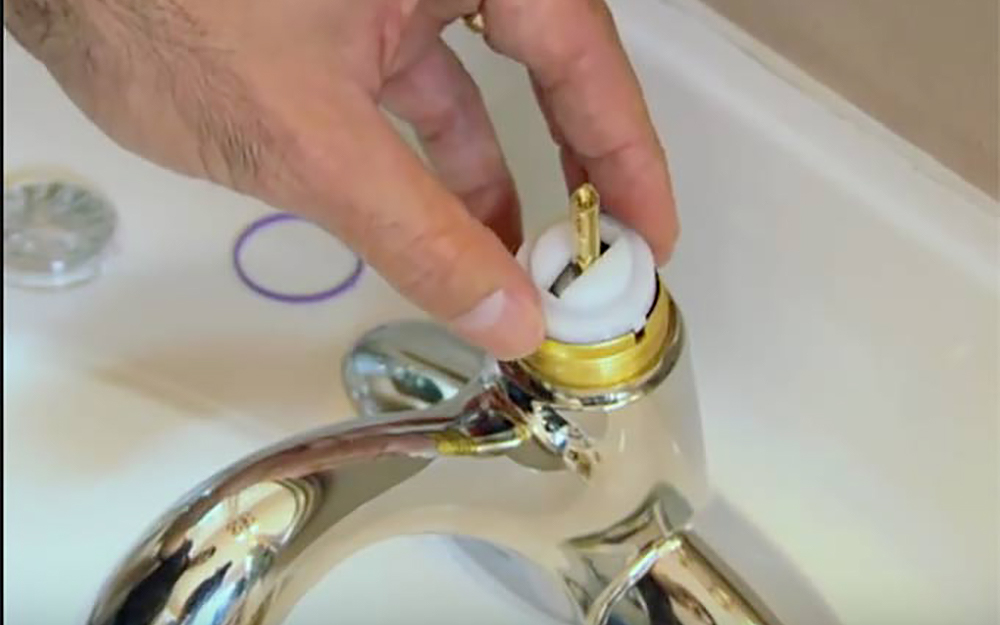
Now that you have replaced or fixed the damaged parts of your faucet, it’s time to reassemble it. This step is crucial in ensuring that your faucet functions properly and does not continue to run after you turn it off. Carefully follow the manufacturer’s instructions for reassembling the faucet, making sure all components are securely attached.
Test the Faucet
To ensure that everything is working properly, go ahead and turn on the faucet to test for any leaks or issues. Here are some ways to test faucet functionality and troubleshoot common faucet issues:
– Check for leaks by inspecting the base of the faucet and underneath the sink.
– Test hot and cold-water temperatures to ensure they are balanced.
– Adjust the temperature if necessary, using the handle or valves.
Remember to regularly maintain your faucet by cleaning it with mild soap and a soft cloth, as well as checking for any loose parts or worn-out washers.
DIY vs. Professional Help
If you’re unsure about how to fix your faucet that keeps running after you turn it off, it might be best to consult a professional plumber for help. Consulting a professional plumber will ensure that the issue is properly diagnosed and resolved, preventing further damage or costly repairs down the line.
Preventative Measures
Regular maintenance can help prevent future issues with a dripping faucet. By taking some preventative measures, you can avoid the frustration and inconvenience of a running faucet. Here are two important steps to consider:
Regular Inspection and Maintenance
– Check for any signs of wear and tear on washers, cartridges, O-rings, and valve seats.
– Clean and maintain seals to ensure they provide a proper seal when the faucet is turned off.
Monitoring Water Pressure
– Regularly monitor water pressure to prevent excessive pressure that can cause leaks.
– Consider using water softeners or filters to reduce scale buildup in pipes.
Environmental & Cost Implications
To minimize the negative impact on the environment and save on costs, it’s important for you to address a dripping faucet promptly. When a faucet continues to run after you turn it off, it can waste a significant amount of water, leading to higher water bills and unnecessary strain on natural resources.
Additionally, a leaky faucet can contribute to the growth of mildew or mold, causing potential health issues. The constant dripping can also lead to structural damage over time. By fixing the issue and taking action now will benefit both your wallet and the environment.
Conclusion
Regular maintenance and timely repairs can ensure your faucet functions correctly and efficiently. If the problem persists, consider consulting a professional plumber.
FAQ
How often should I check my faucets for issues?
Regular maintenance is the key to a long-lasting faucet. It’s advisable to inspect your faucets at least once every six months. This will help you catch any minor issues before they escalate into bigger problems.
Are there specific faucet brands that are less prone to these problems?
While some brands may boast higher durability, no faucet is immune to wear and tear. However, brands like Delta and Moen have established a reputation for producing reliable faucets. Always check customer reviews and warranty details before making a purchase.
Can a running faucet affect other plumbing in my house?
Yes, a continuously running faucet can increase water pressure in your pipes, potentially leading to leaks elsewhere in your plumbing system. It’s essential to address the issue promptly to prevent further complications.
How long does a typical faucet repair take?
A basic faucet repair, such as replacing a worn-out O-ring or cartridge, can be completed in an hour or less. However, the duration might vary based on the faucet’s design and the specific issue at hand.
Can water quality impact faucet longevity and performance?
Absolutely. Hard water, which contains high mineral content, can lead to mineral buildup in your faucet, affecting its performance. Regular cleaning and using water softeners can mitigate these effects.

